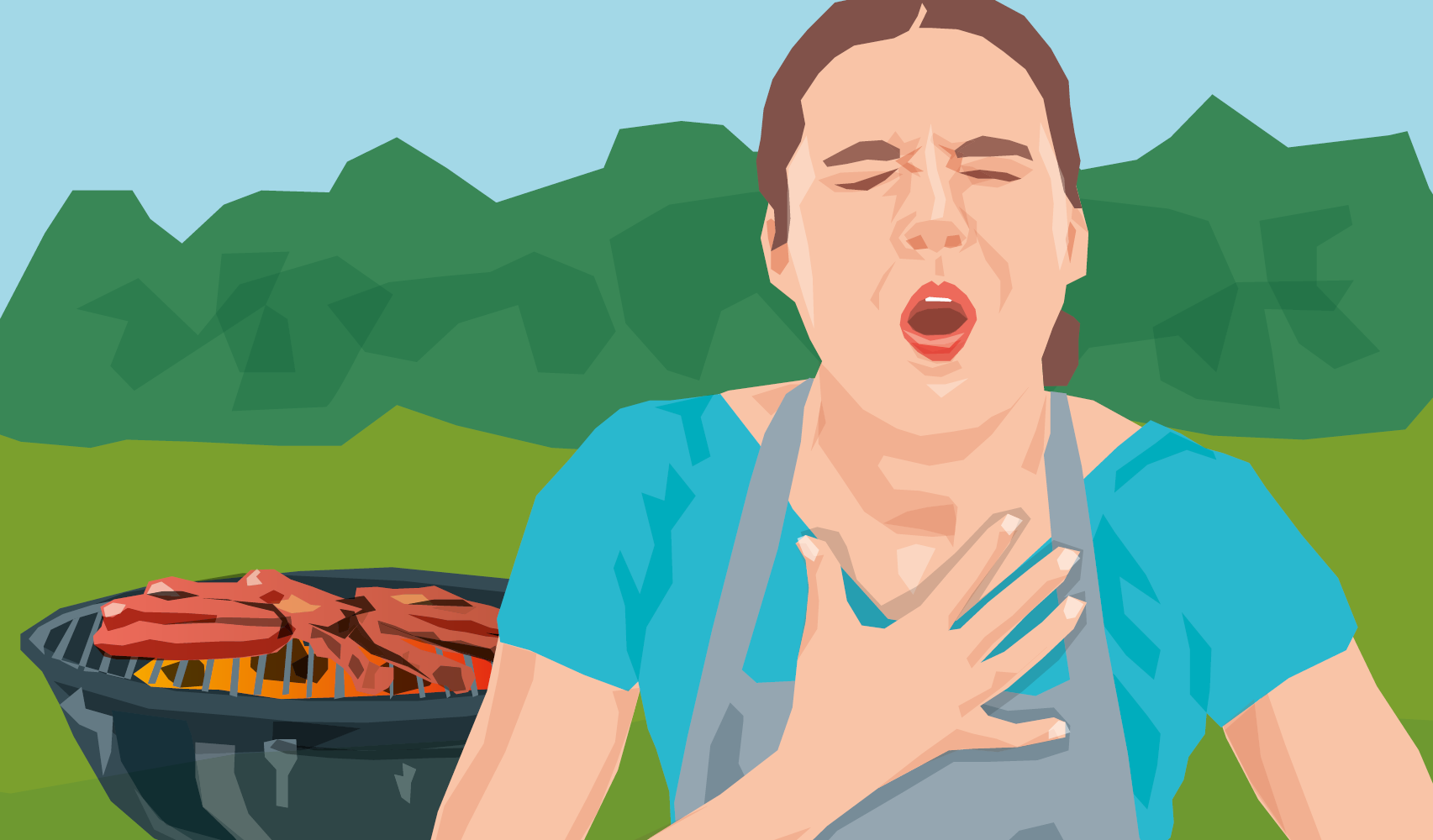SWALLOWING DIFFICULTIES:
EOSINOPHILIC OESOPHAGITIS?
INFORMATION FOR PEOPLE WITH THE CONDITION

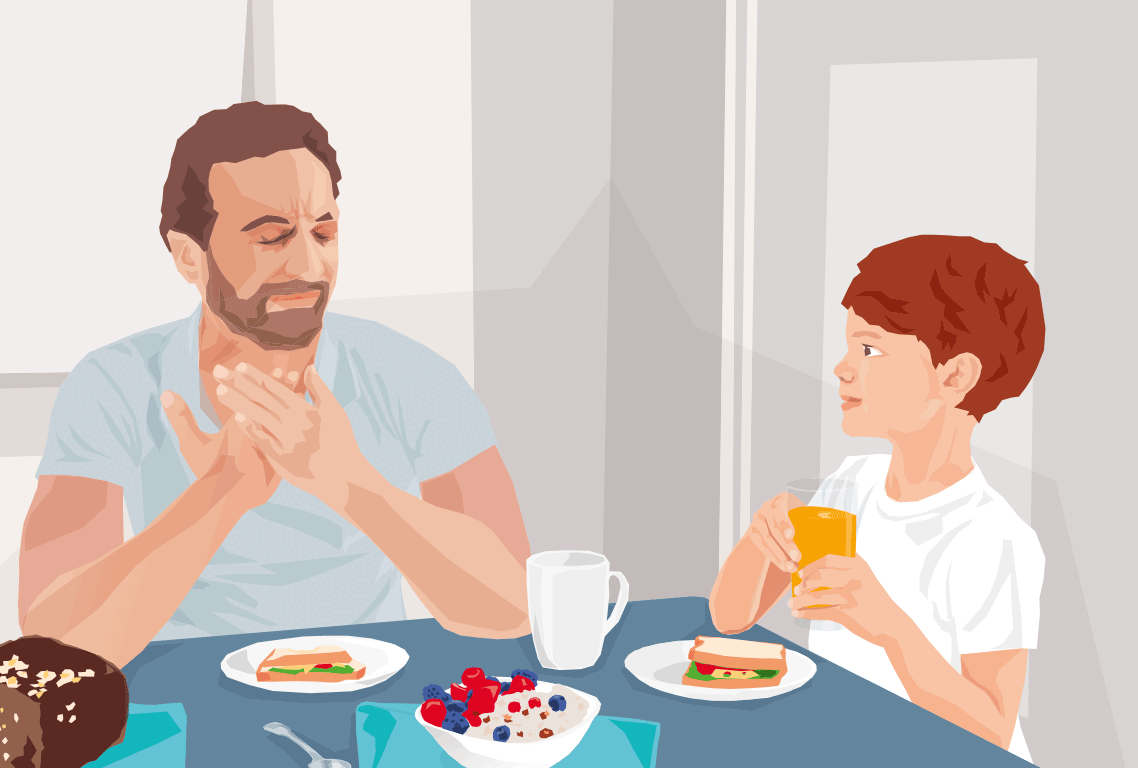
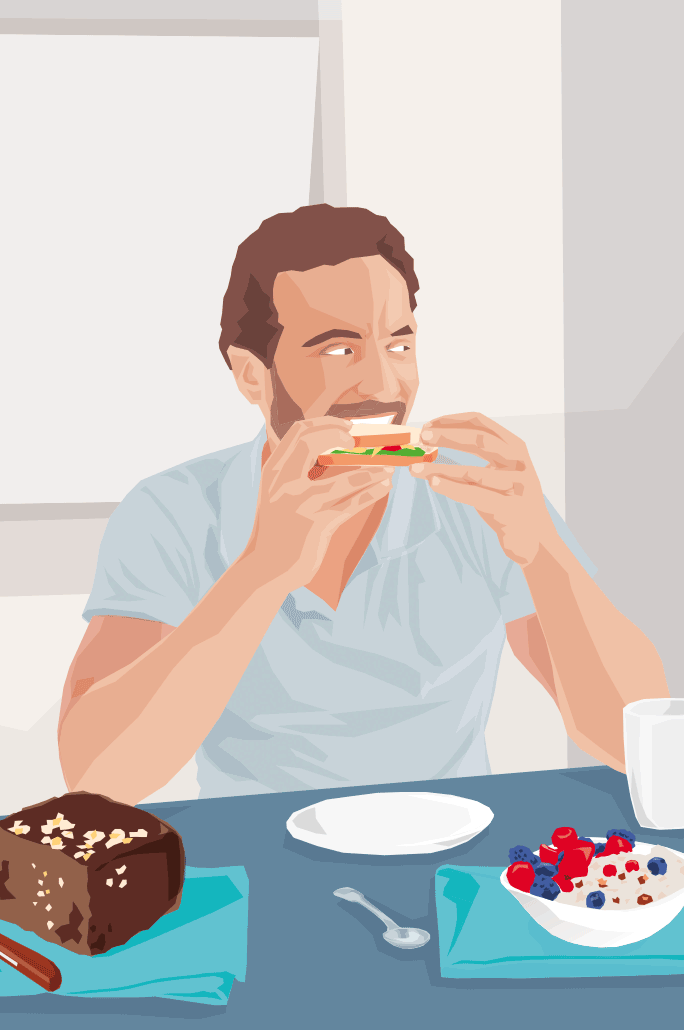
What are the possible symptoms of eosinophilic oesophagitis?
The main symptoms of eosinophilic oesophagitis (EoE) in adults are swallowing difficulties (dysphagia) and/or pain when swallowing (odynophagia). In addition, chest pain, heartburn and retching often occur. In the worst case scenario, EoE can even cause a large chunk of food, in particular a piece of meat, to get stuck in the oesophagus. The technical term for this is “food bolus obstruction” or “food bolus impaction”. If the piece of food (bolus) cannot be coughed up or regurgitated, a doctor needs to use an endoscope (a thin flexible tube with image transmission) to remove it from the oesophagus.
If you experience these symptoms over an extended period of time, talk to your doctor.
The symptoms in children are more complex, as the following overview shows:
Different EoE symptoms in children and adults
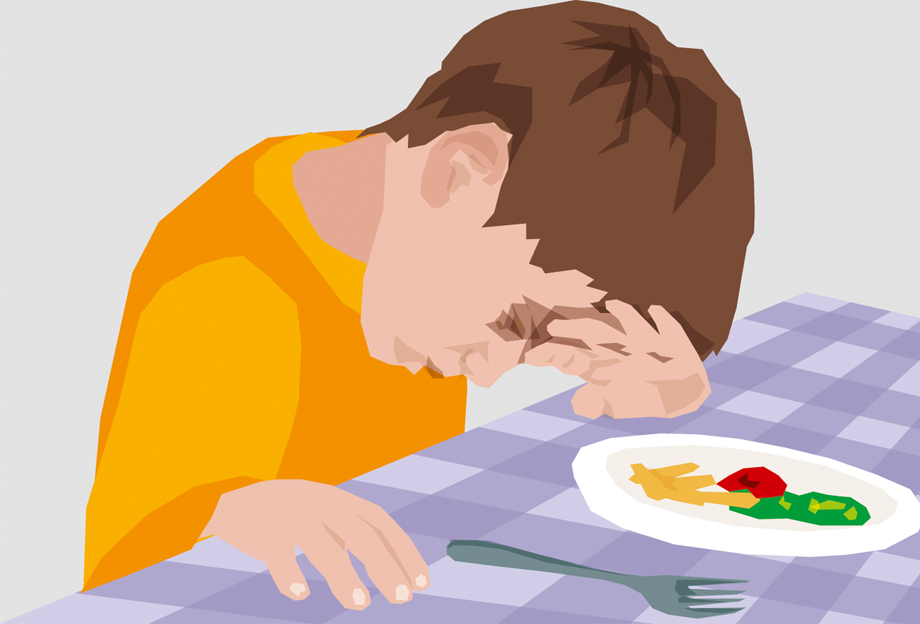
CHILDREN
Abdominal pain
Chest pain
Heartburn
Cough
Reduced appetite
Swallowing difficulties (technical term: dysphagia)
Food refusal
Growth disorders
Retching
Nausea
Vomiting
Sleep disorders
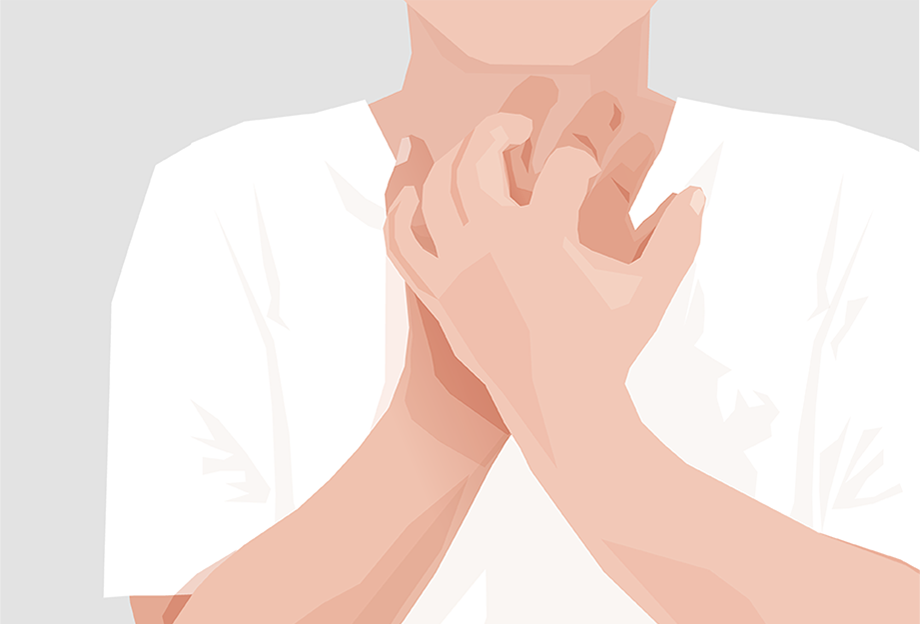
ADULTS
Swallowing difficulties (technical term: dysphagia)
Chunks of food getting stuck
(technical term: food bolus obstruction/food bolus impaction)
Chest pain
Heartburn
Vomiting
As symptoms in children are considerably more inconsistent, the correct diagnosis may only be made a long time (sometimes several years) after symptoms first appear.
Adolescents and adult patients often develop pronounced avoidance strategies when eating:
- Avoiding certain foods
- Extensive chewing of only very small bites
- Drinking plenty of fluids regularly to avoid or alleviate swallowing difficulties
- Reducing or avoiding restaurant visits
Although such avoidance strategies can seriously impair their quality of life, many patients are unaware that they have an oesophageal disease, as they perceive their situation as normal.
Swallowing difficulties are often caused by dry rice, meat, raw food (carrots, apples, etc.) or fries. This is primarily due to the particularly solid nature of these foods, rather than any allergens they may contain.
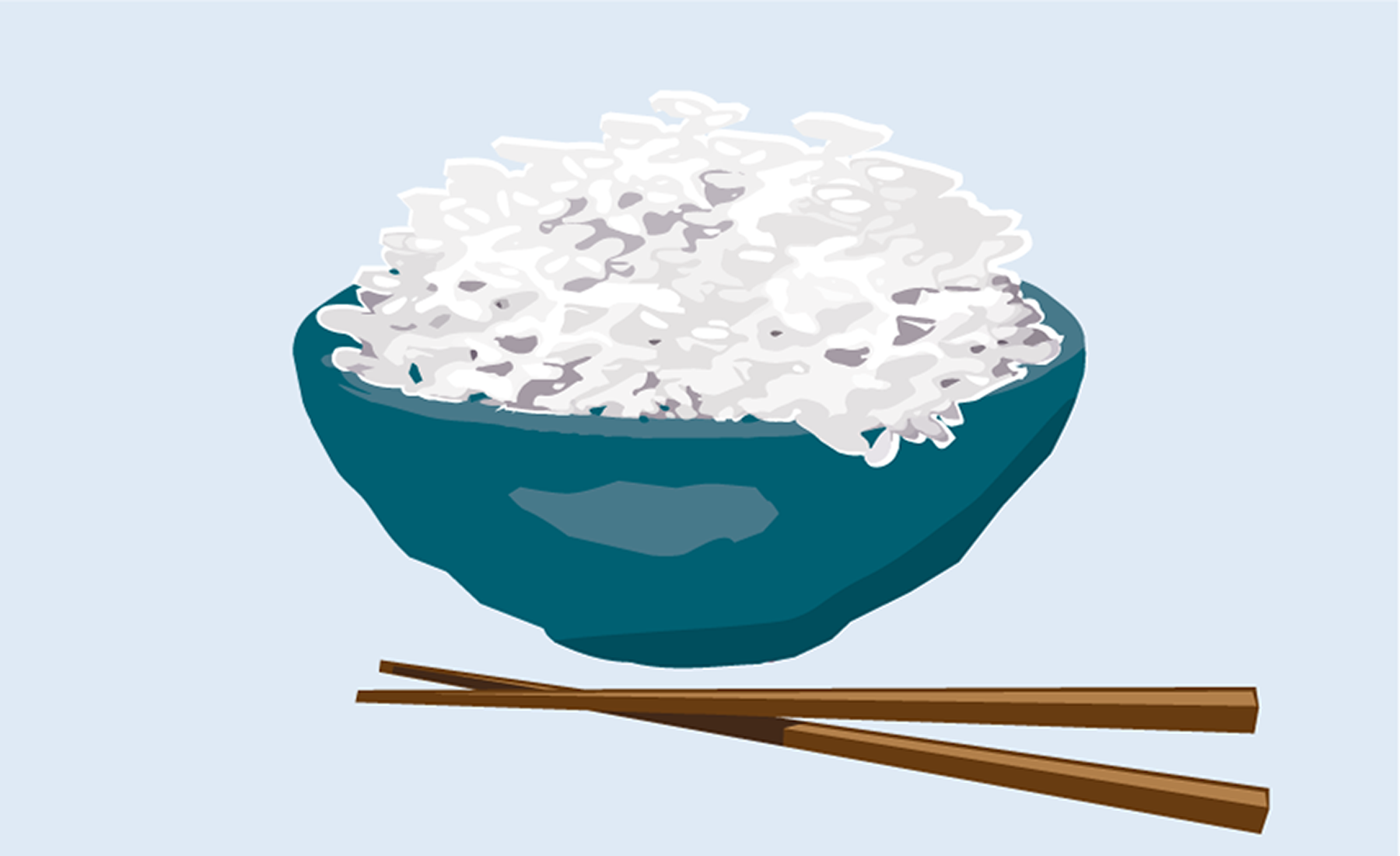
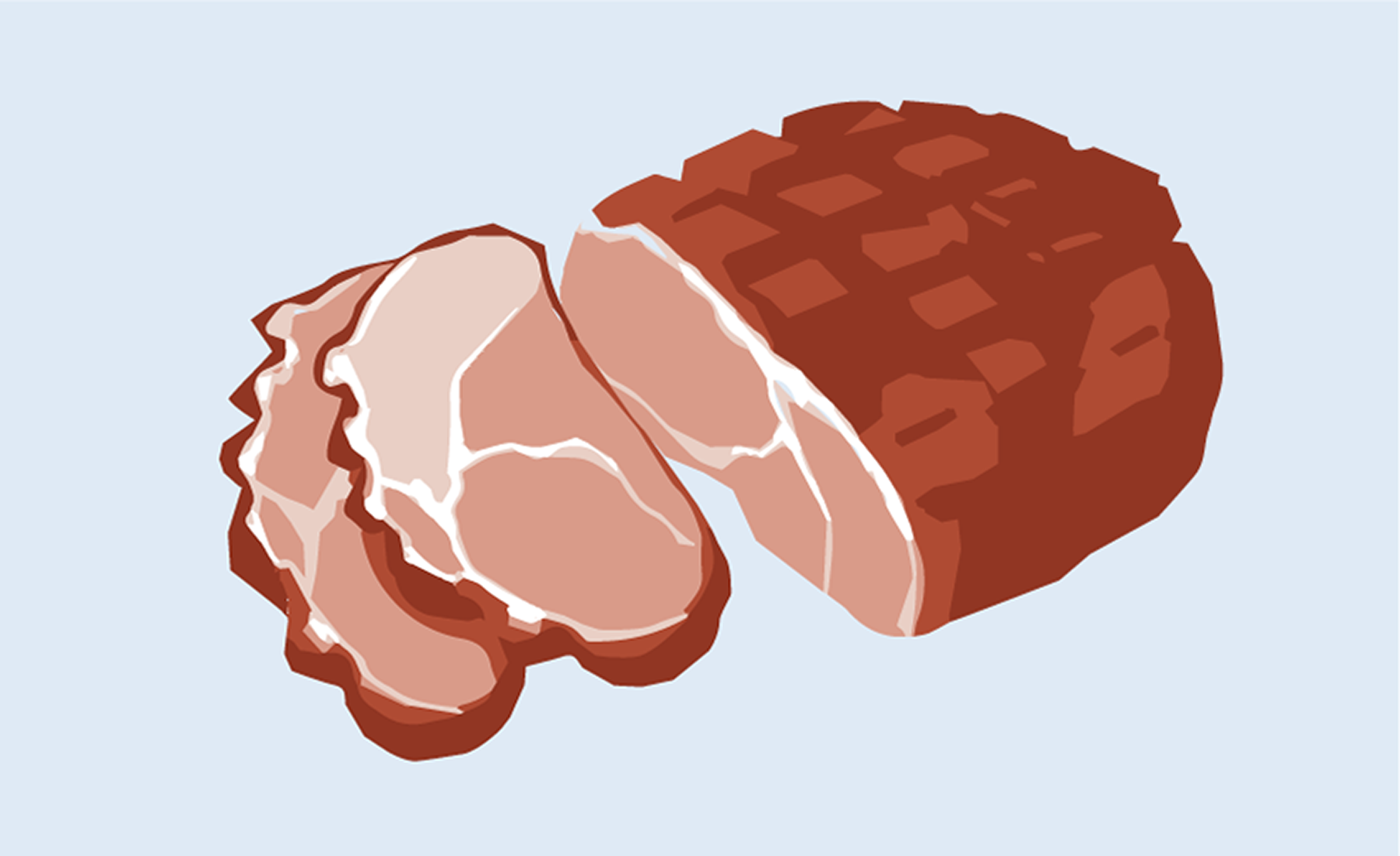
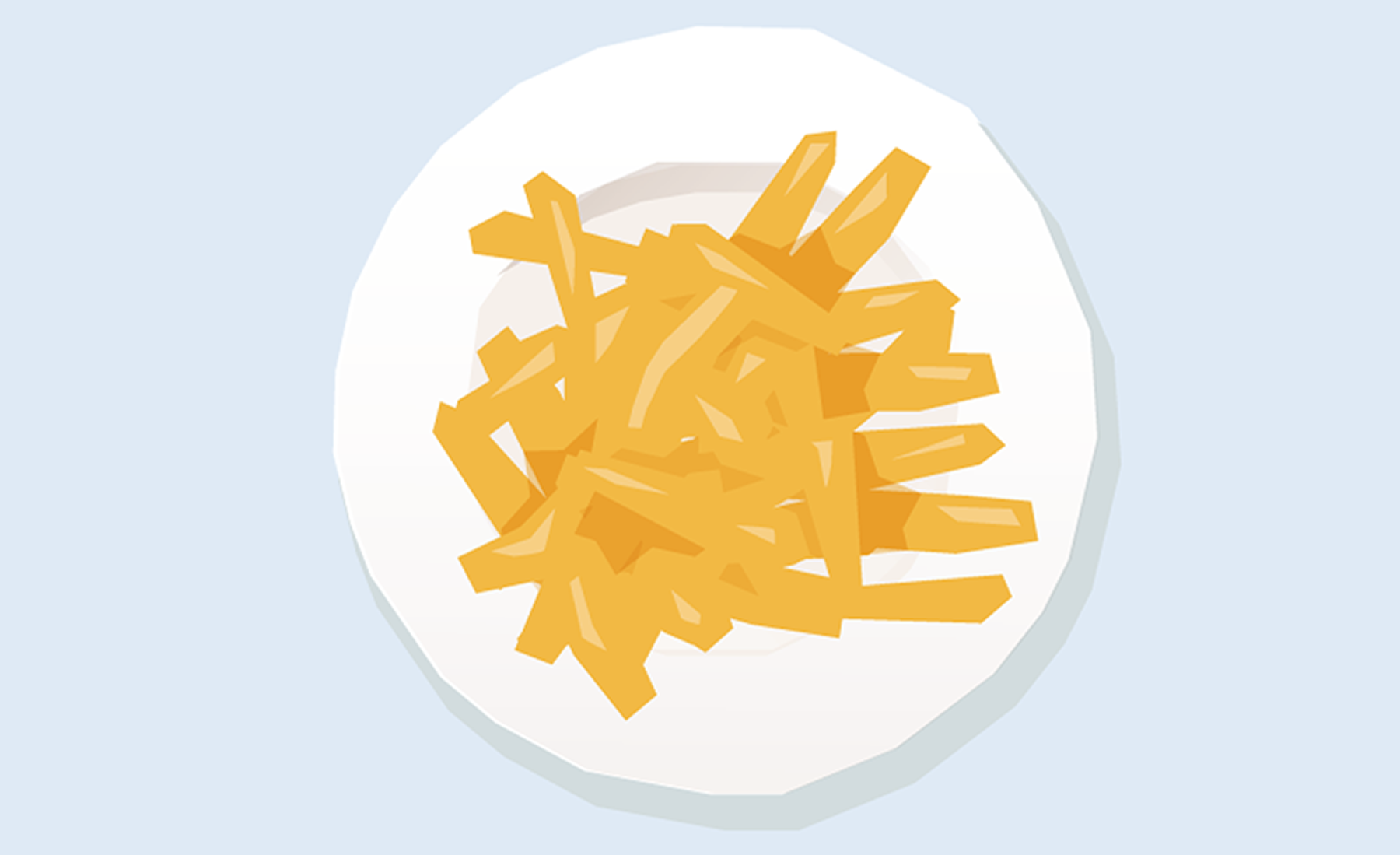
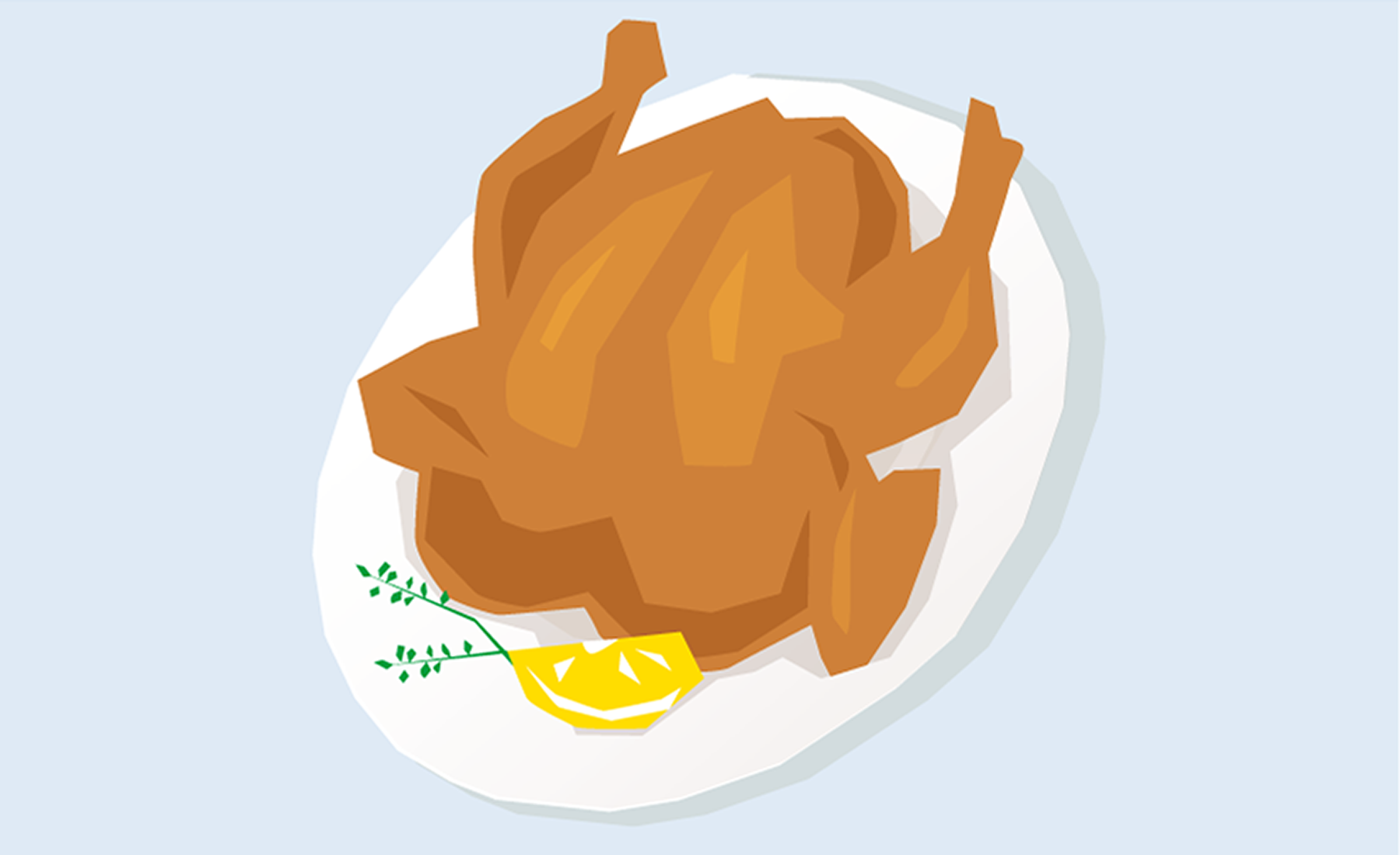
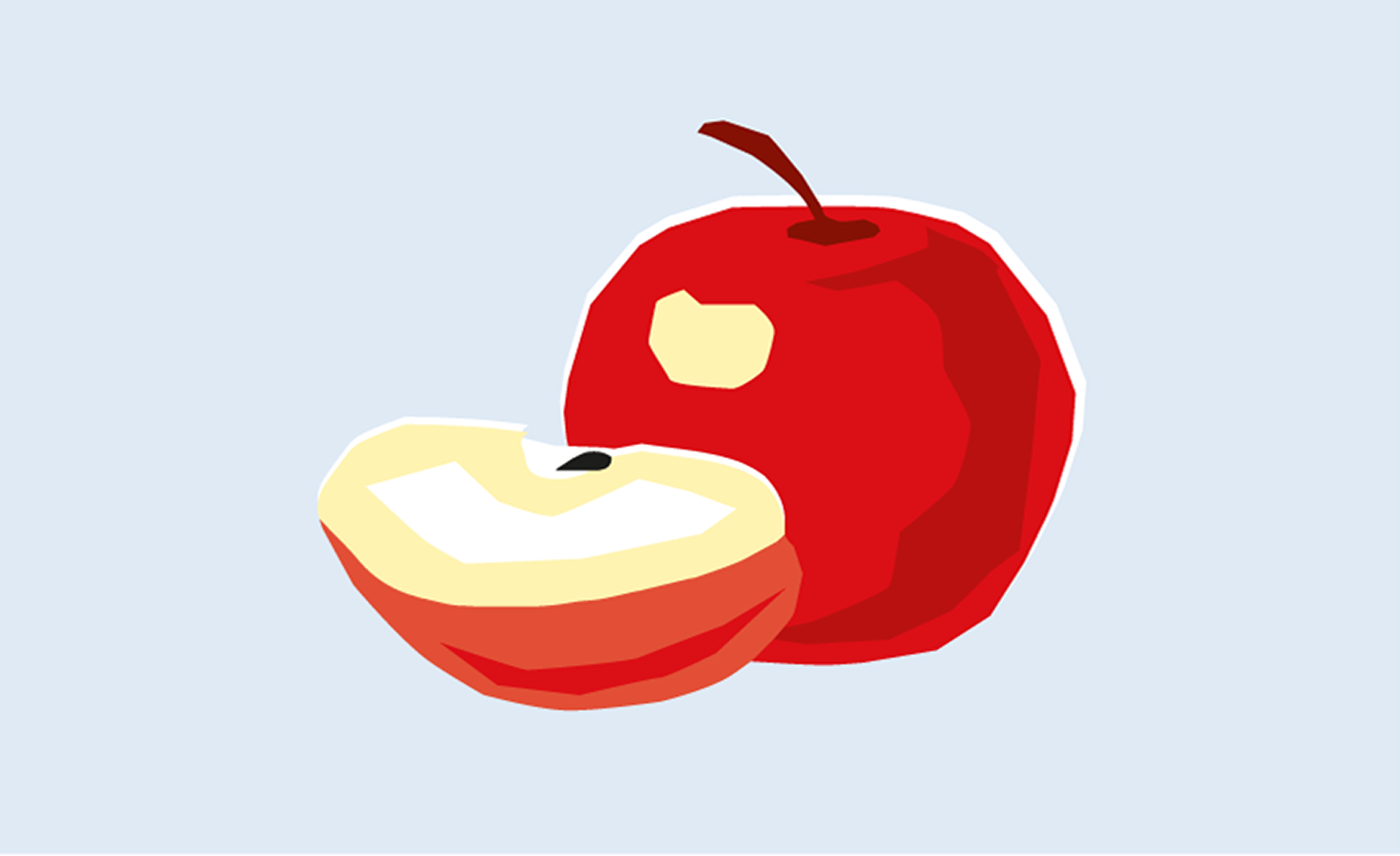
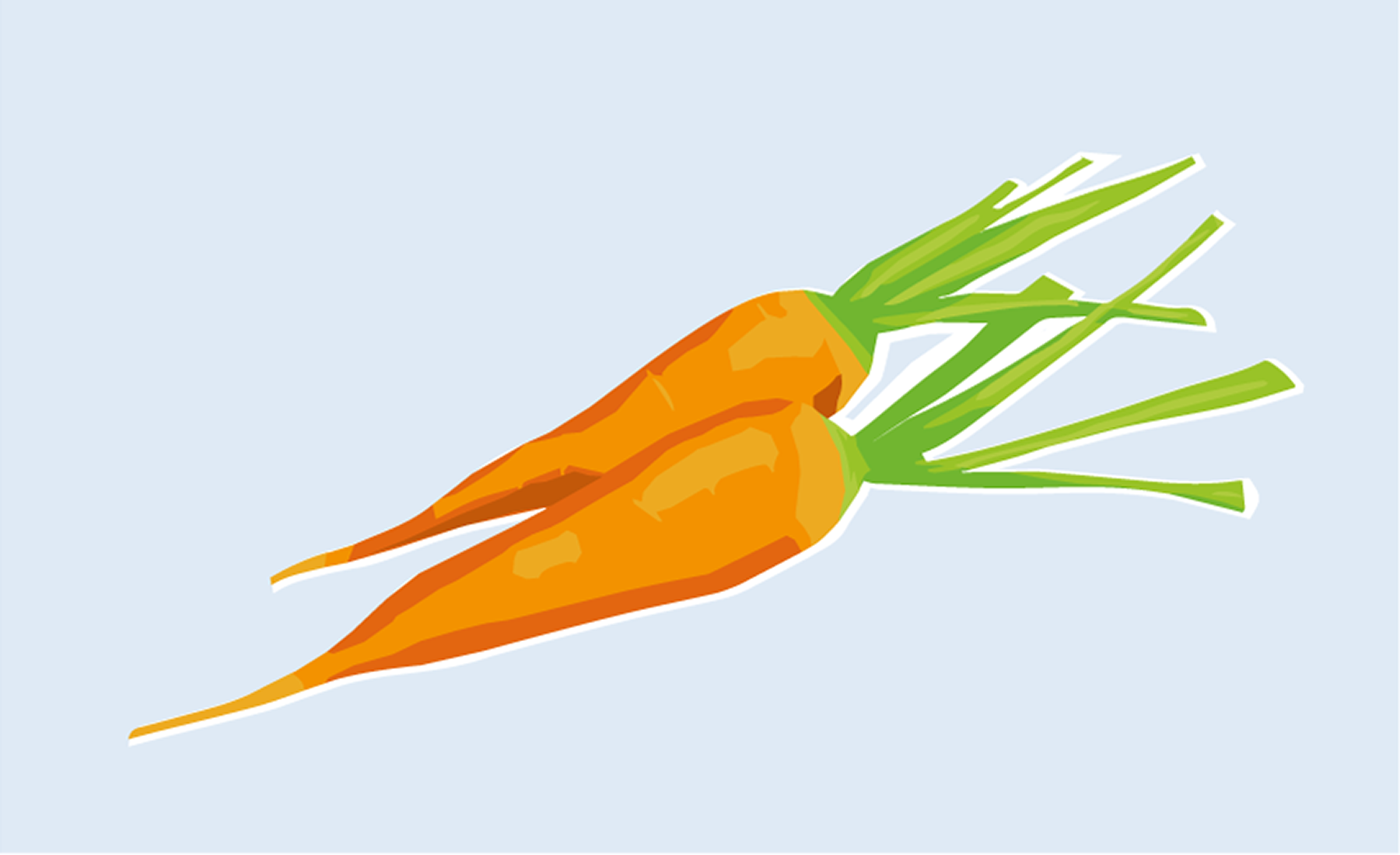
In general, EoE can severely affect the quality of life of patients and their families. Alleviating symptoms by means of appropriate treatment can thus significantly improve the general health and well-being of patients.


